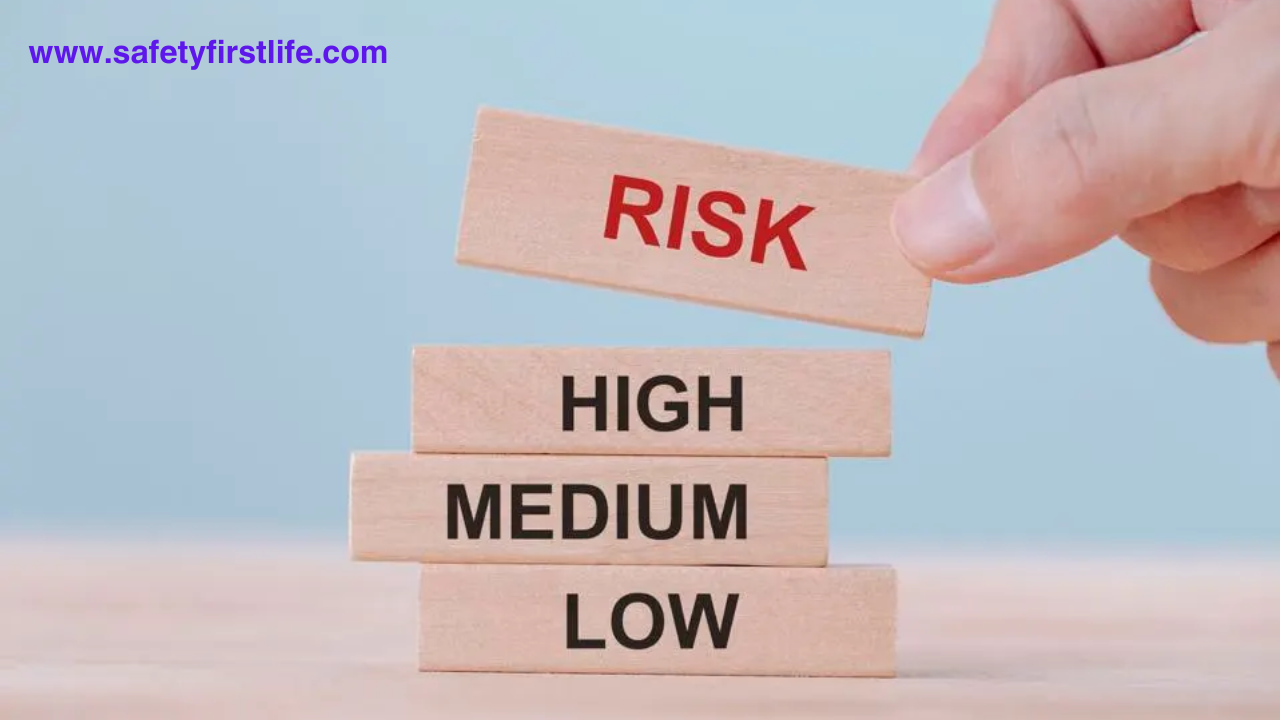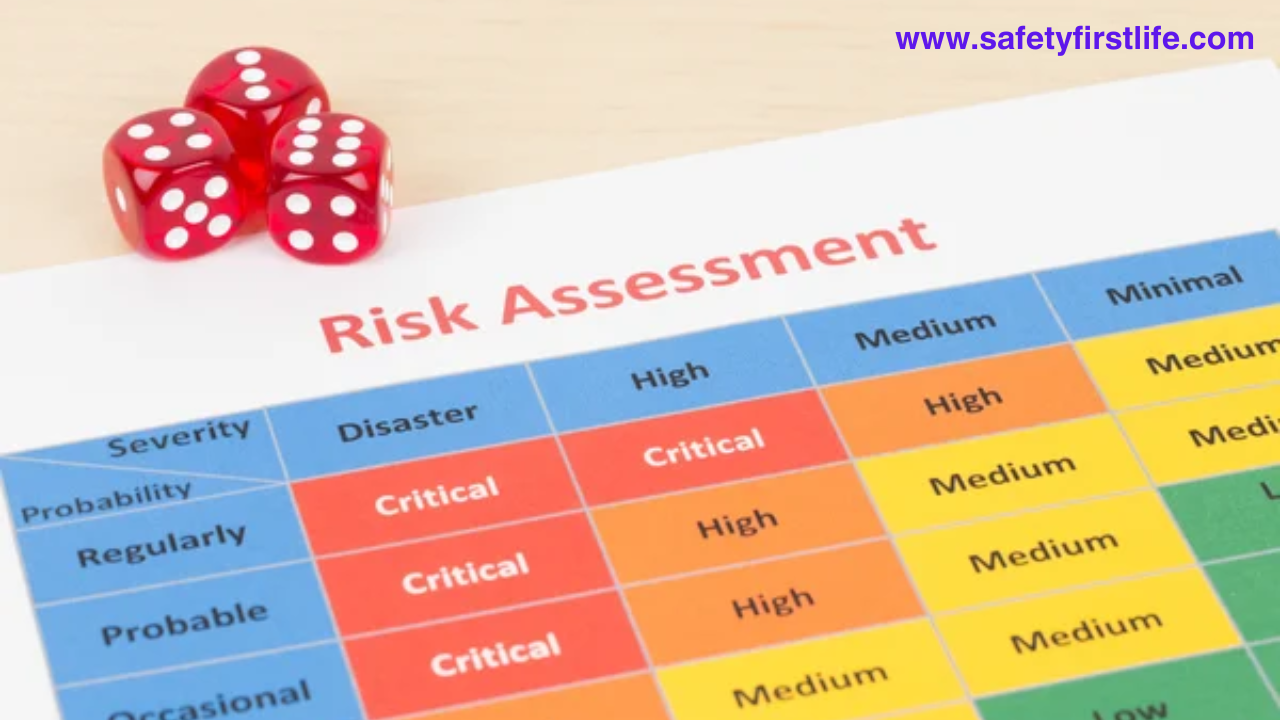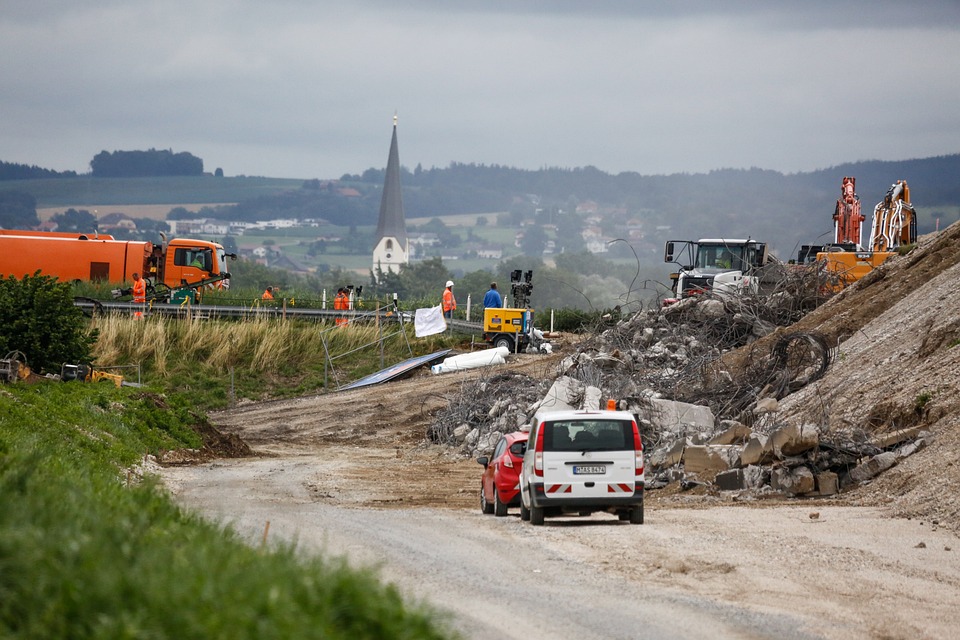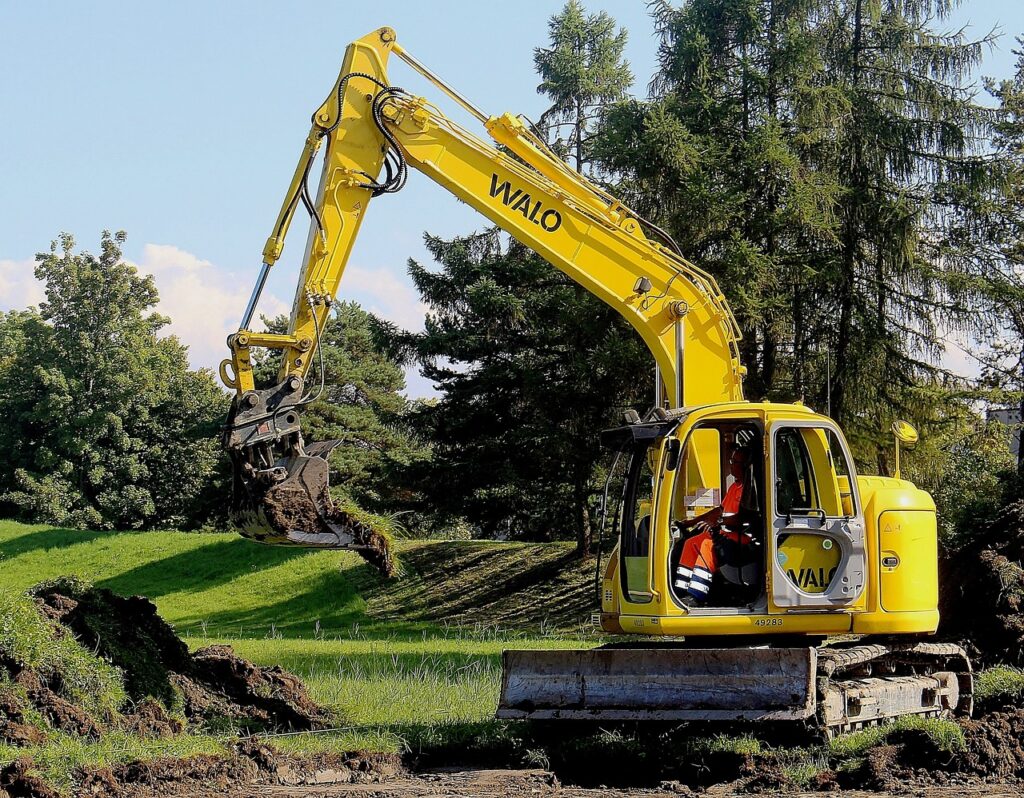Risk is an inherent part of life.

However, while we can’t eliminate all risks, we can manage them effectively. Take the experience of learning to drive, for instance. You might have felt excited about gaining independence, yet nervous about the responsibility of handling a vehicle. This scenario vividly illustrates how risks permeate everyday activities and how we navigate them. With a qualified instructor by your side, its risky learning to drive is significantly reduced, enabling you to acquire a valuable skill that you’ll use throughout your life. Consequently, this example demonstrates that although risks are unavoidable, they can be managed to minimize potential harm.
So, what do we really mean by risk?
Imagine owning a warehouse distribution company. The warehouse is an old building, and the roof requires repair. You’re concerned about the possibility of poor weather damaging the building and its contents. In this context, rain represents a significant threat. A brief rain shower might not cause much harm, but a prolonged downpour could lead to substantial damage. To decide whether to fix the roof, you need to consider two factors: the likelihood of rain and the potential damage it could cause. If the warehouse stores plastic garden furniture, which is weather-resistant, the risk is low. However, if it houses television sets, the risk is much higher due to the severe damage water can cause to electronics. Moreover, the risk of heavy rain is greater in winter than in summer. Thus, the decision to repair the roof hinges on assessing both the probability of rain and the potential consequences.
To ensure a safe working environment, understanding risk is crucial. It is defined as the product of the likelihood of a hazardous event occurring and the consequence of that event. The formula for quantifying is:
Risk = Likelihood × Consequence
Key terms in risk assessment include:
A Comprehensive Guide explores various aspects of risk management in today’s dynamic business environment. Firstly, it outlines the fundamental principles of risk assessment and mitigation strategies. Secondly, it examines emerging trends in risk analysis, including technological advancements and global regulatory changes. Moreover, the guide discusses case studies to illustrate real-world applications of risk management theories. Furthermore, it emphasizes the importance of proactive risk identification and continuous monitoring.
Hazard: Anything with the potential to cause harm, from complex machinery to a simple cup of coffee.
Hazardous event
When someone interacts with a hazard, causing harm. For instance, a hole in the ground becomes a hazard if someone trips over it.
Likelihood
The probability that a hazardous event will occur. This can vary based on circumstances, such as the location of a hole (e.g., busy shop entrance vs. secluded backyard).
The outcome of the hazardous event, which can range from minor (no injury) to severe (fracture or worse).
Example in a construction workplace
Consider workers operating at heights. The likelihood of a fall is significant, especially without safety measures like harnesses or guardrails. The consequences of a fall can be severe, including serious injury or death. Thus, the risk is high and necessitates strict safety protocols to mitigate it.
Risk assessment is a systematic process for managing workplace risks. It involves a careful examination of potential hazards that could cause injury or ill health. The process helps prioritize actions to control risks effectively. Steps in assessment include:

Identify work tasks
List all tasks and responsibilities.
Identify risks
Determine the hazards, who might be harmed, and how.
Estimation
Assess the likelihood and consequence of each hazard.
Evaluate
Decide on appropriate control measures.
Record findings
Document the assessment and actions taken.
Review and update
Regularly revisit the assessment to ensure continued effectiveness.
Case Study 1
Warehouse Risk Management
Scenario Expansion
A warehouse storing high-value electronics such as television sets, computers, and other sensitive equipment is facing a significant risk due to its old and leaky roof. The warehouse operates in a region where seasonal rains are frequent, particularly during the winter months. This scenario presents a clear risky damage to both the stored goods and the business operations.
Possible Hazards
Leaky Roof
The primary hazard is the compromised integrity of the roof.
Water Damage
Potential for rainwater to seep into the warehouse, damaging the electronics.
Electrical Hazards
Water could come into contact with electrical systems, posing a risk of short circuits or fires.
Structural Damage
Continuous water leakage can weaken the building’s structure over time.
Health Hazards
Mold growth due to persistent damp conditions can pose health risks to employees.
Likelihood of Rain
High, especially during the rainy season.
Consequence of Water Ingress
Severe, leading to significant damage to electronics and potential electrical hazards.
Risk Identification
Estimation and Calculation
Likelihood (L)
High (rated 4 on a scale of 1 to 5)
Consequence (C)
Calculation
Severe (rated 5 on a scale of 1 to 5)
Risk
=
Likelihood
×
Consequence
=
4
×
5
=
20
Risk=Likelihood×Consequence=4×5=20
This places the risk in the high-risk category, necessitating immediate action.
Possible Losses
Financial Loss
Damaged electronics would lead to significant write-offs and replacement costs.
Operational Disruption
Water damage could halt operations, leading to downtime and loss of productivity.
Increased Insurance Premiums
Claims for damages might result in higher future premiums.
Health Costs
Potential health issues due to mold could lead to medical costs and absenteeism.
Reputation Damage
Failure to manage the risk could damage the company’s reputation with clients and partners.
Mitigation Strategies
Repairing the Roof
Immediate and thorough repair of the leaky roof to prevent water ingress.
Relocating Sensitive Items
Temporarily move electronics to a safer part of the warehouse or to another facility until the roof repairs are completed.
Using Waterproof Covers
Protect the stored electronics with waterproof tarpaulins or covers to mitigate potential water damage.
Installing Drainage Systems
Enhance the warehouse with proper drainage systems to quickly remove any water that enters.
Regular Maintenance
Implement a routine inspection and maintenance schedule for the roof and other structural components.
Employee Training
Educate employees on emergency response procedures in case of water ingress and electrical hazards.
Insurance Review
Ensure adequate insurance coverage for potential water damage and business interruption.
Role of a Safety Practitioner
Risk Assessment
Conduct a detailed risk assessment focusing on the likelihood of hazards and their potential consequences.
Implementing Controls
Recommend and oversee the implementation of control measures such as roof repairs and installation of drainage systems.
Monitoring and Review
Establish a monitoring system to regularly check the effectiveness of the mitigation strategies and update them as necessary.
Training and Awareness
Develop and deliver training programs to ensure all employees are aware of the risks and the actions to take in case of an emergency.
Documentation and Compliance
Maintain thorough documentation of the risk assessment process, control measures, and any incidents. Ensure compliance with relevant health and safety regulations.
Conclusion
Effective risk management in the warehouse scenario requires a combination of structural repairs, preventive measures, and employee awareness. By addressing both the likelihood and the potential consequences of the identified hazards. A safety practitioner can significantly reduce the risk to an acceptable level. Regular reviews and updates to the risk management plan will help maintain a safe and secure warehouse environment.
Risk ::Case Study 2: Construction Site Safety
On a construction site, workers frequently use scaffolding. Consequently, the likelihood of falls is high without proper safety measures. Moreover, the consequences of falls can be severe, potentially resulting in fatal injuries. When assessing risk (high likelihood x severe consequence), the calculation reveals a high-risk scenario. To mitigate this risk, measures such as using harnesses and guardrails, conducting regular safety training, and ensuring adequate supervision are essential.
Practical tips for effective risk assessment include:
· Focus on significant hazards.
· Use checklists and templates.
· Involve employees in the process.
· Regularly update risk assessments.
Training and awareness are vital for maintaining high safety standards. Continuous training programs, safety workshops, and drills reinforce safety protocols and foster a culture of safety within the organization.
Legal obligations require employers to carry out risk assessments. The Management of Health and Safety at Work Regulations 1999 mandates this for all employers with five or more employees. Non-compliance can lead to fines and prosecution.
Effective risk management
Effective risk management enhances business performance. It leads to fewer accidents, improved reputation, potential cost savings, and reduced insurance premiums. Understanding and managing risks are crucial for creating a safe, productive workplace. Regular risk assessments help identify hazards and implement control measures, ensuring ongoing safety and compliance.
In conclusion, risk is an unavoidable part of life, but it can be managed effectively through careful assessment and mitigation strategies. By understanding the fundamental principles of risk and implementing structured risk assessments, businesses can protect their workforce, comply with legal requirements, and enhance overall performance.


